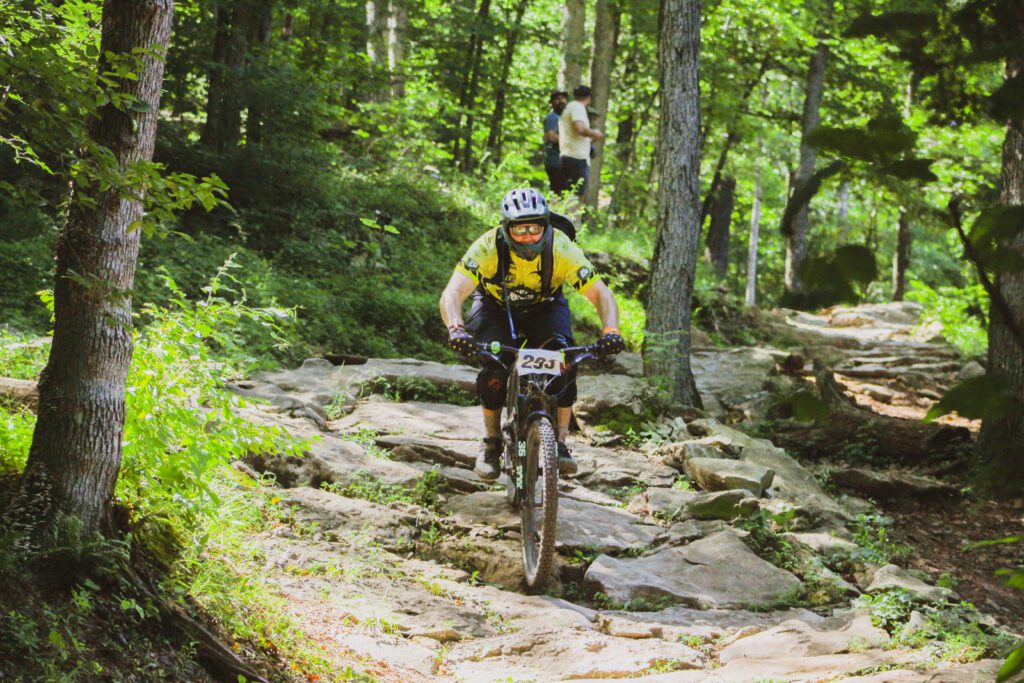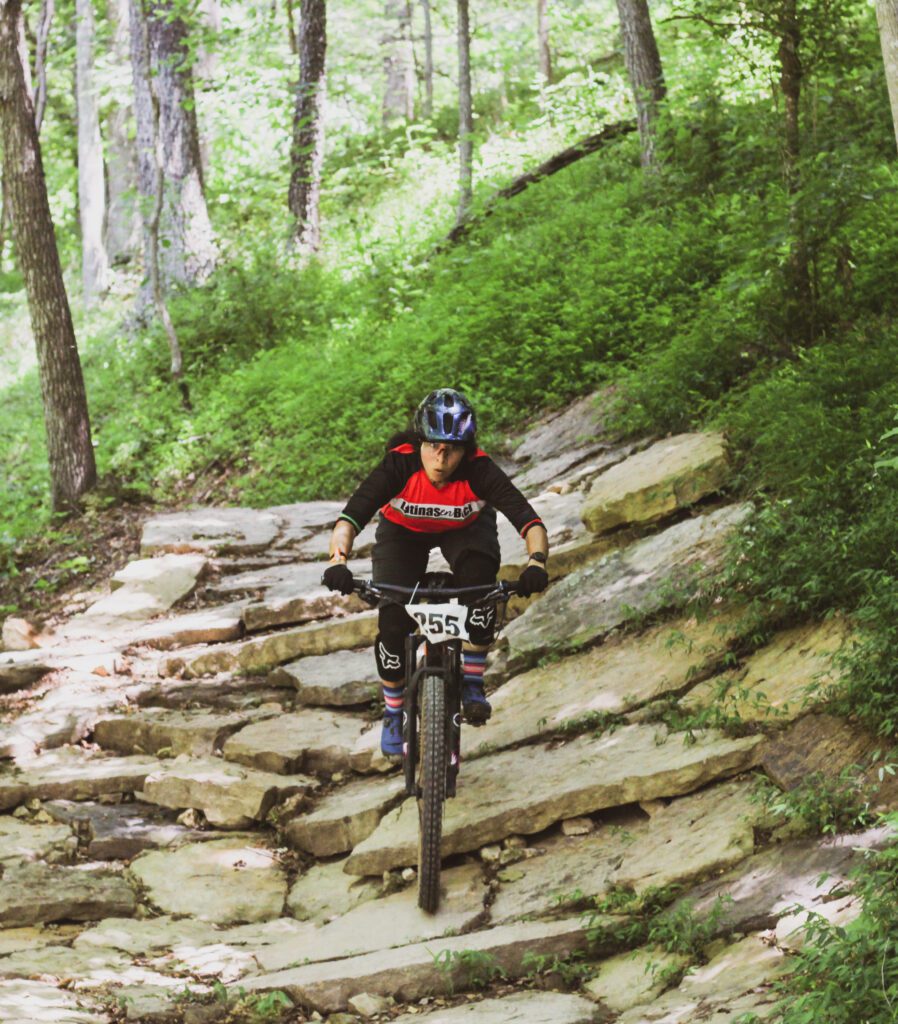Written by the Runway Bike Culture Team

Racing formats have complimented the growth of the mountain bike industry since the conception of the early klunkers. Quickly evolving from elbow bumping, the king of the mountain format morphed into any form of organized racing. Enduro is the youngest breed of two wheels between tape and has taken the world of bikes by storm.
With modern tech and geometry, the term “one bike quiver” became a realistic notion for the standard consumer. No longer tied to picking between dual crowns or lycra, the rider could enjoy a bike that is capable of both getting you up the hill and handling whatever you wanted to throw at it on the way down.
 This explorer’s version of racing was first conceived in the early 2000’s in France and Italy, followed by the innovators of the sport conceiving the Enduro World Series in 2013. The model was simple: find the best network of trails in the world and race your bike down some of the steepest, gnarliest terrain the earth has to offer. No timing on the way up, so you can joke, chat and struggle with your colleagues alike. Then, you’re sent down the most technical and physically demanding tracks where those colleagues become another number to beat. Normally accumulating in 5-7 stages and upwards of 5,000 feet of elevation in a day. The fastest racer’s accumulated time from all stages wins. Oh, and to spice things up, you only get 1 practice lap on each stage. The Enduro World Series rulebook states that the race is designed to be a definitive test for mountain bike riders, with the aim of creating a great adventure, competition, community, and atmosphere for the competitor.
This explorer’s version of racing was first conceived in the early 2000’s in France and Italy, followed by the innovators of the sport conceiving the Enduro World Series in 2013. The model was simple: find the best network of trails in the world and race your bike down some of the steepest, gnarliest terrain the earth has to offer. No timing on the way up, so you can joke, chat and struggle with your colleagues alike. Then, you’re sent down the most technical and physically demanding tracks where those colleagues become another number to beat. Normally accumulating in 5-7 stages and upwards of 5,000 feet of elevation in a day. The fastest racer’s accumulated time from all stages wins. Oh, and to spice things up, you only get 1 practice lap on each stage. The Enduro World Series rulebook states that the race is designed to be a definitive test for mountain bike riders, with the aim of creating a great adventure, competition, community, and atmosphere for the competitor.
Multiple disciplines of cyclists have taken their whack at this growing format of the sport. Icons like Oton, Graves, Rude, Hill, and Ravanel planted themselves as the Mount Rushmore to beat. But over the years the talent has grown and Courdurier, Pugin, Muir, and Melamed are a few names pushing what is possible in an ever-increasingly stacked field. The stars stem from France, Australia, and North America. The future seems to be bright for this sport. Pretty easy when everyone is finding their love flying through the woods exploring some of the best mountain terrain across the globe.
This growth and interest in enduro racing has sparked large scale investment into trail and enduro style bikes across the industry. Analysts and bike nerds will argue for hours around the fire about what bike is the “perfect” bike for this form of racing. Do you run a coil or air? Inserts or not? Whether a 63.5-degree headtube angle is progressive or not? Some of which is true, but if you have a bike that you are comfortable riding off camber, roots, steep shoots, and endless fire road climbs, it is the best bike for you to race on. The most important part is that you are comfortable finding the flow state and riding on the edge of your comfort zone all day.
The best way to see if this is your itch to scratch is participating in your local race series. These are normally run on less consequential trail systems with ample times to pre-ride trails that you get to ride on a regular basis. This removes the worry of what the trail may throw at you, and you can be surrounded by the community that you have grown up with. Bentonville hosts the last leg of the Arkansas Enduro Series on September 30–October 2. If you are not interested in racing, come find a spot on the side of the trail to stoke people’s fires as they pedal down each stage. Maybe, seeing what it is all about will spark an interest to prep for next season’s races.
But for those that are racing, the adrenaline rush standing at the start line is what we live for. Deep breath, calm the mind and drop in. Go as fast as you possibly can and push your own limits of possibility. Find your flow state. This is the rush that enduro racers live for.


